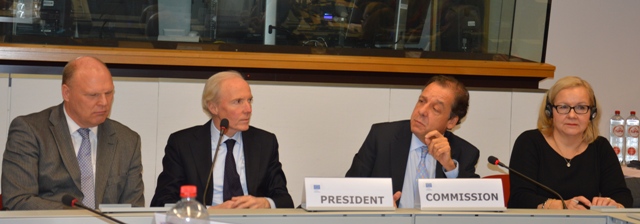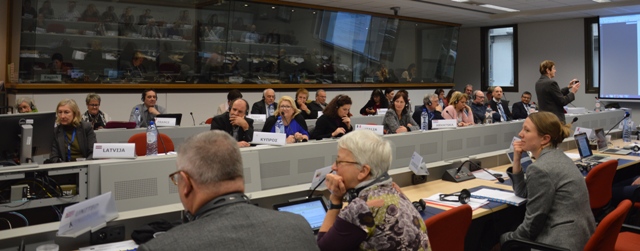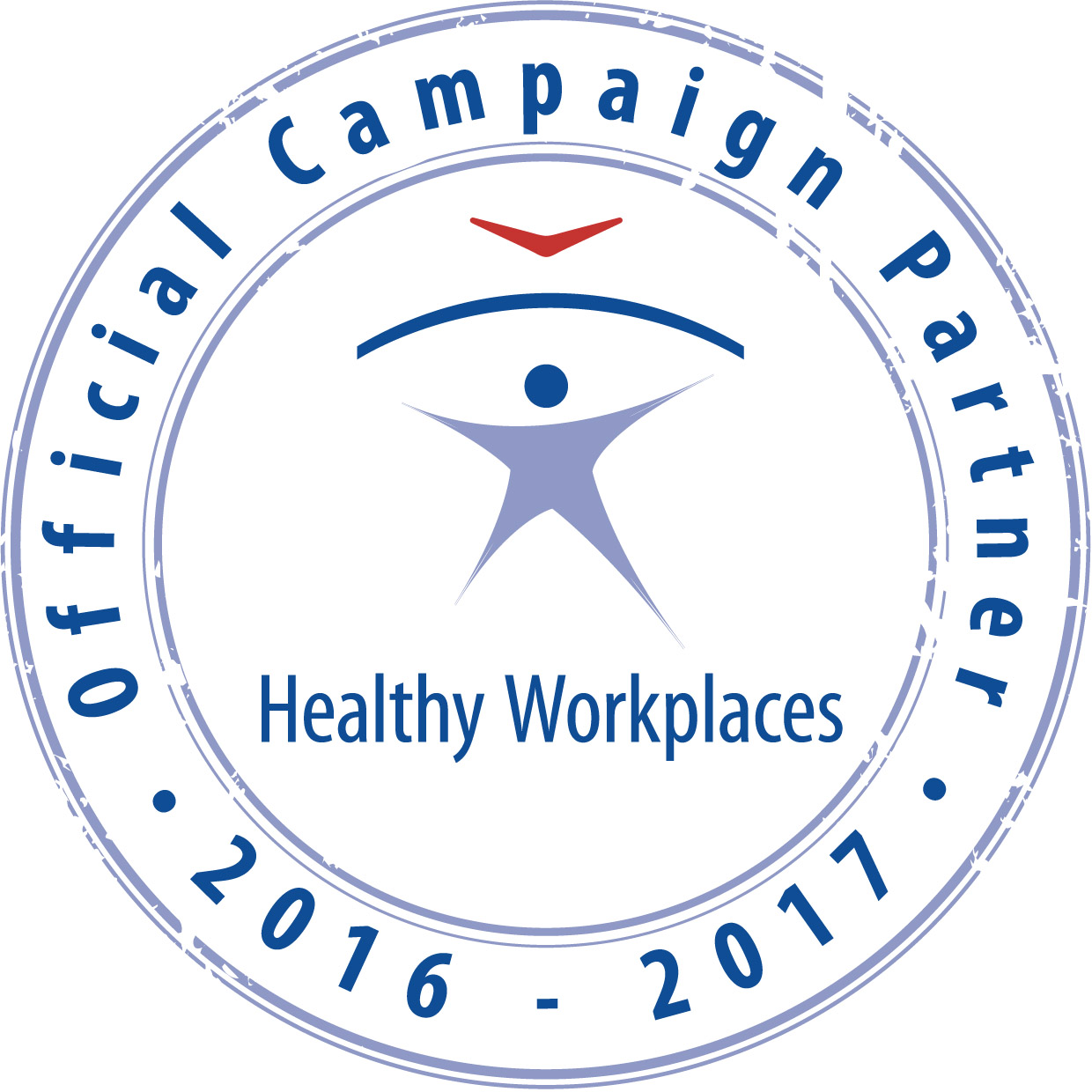Call for tender to subcontract external expertise
Open call for tender for Research on Promoting effective recruitment and retention policies for all health workers in the EU by ensuring access to continuing professional development (CPD) and healthy and safe workplaces supportive of patient safety and quality care.
Leading partner: EPSU
Co-beneficiary: HOSPEEM
Date of publication on the HOSPEEM website: 20 January 2017
Deadline to respond: 18 February 2017
TENDER SPECIFICATIONS FOR SUBCONTRACTING EXTERNAL EXPERTISE
Purpose of the contract
Support is being sought from an external expert to help facilitating the implementation of the project run by the EU-level social partners in the hospital/health care sector EPSU and HOSPEEM. The contractor will provide support in the preparation, running and follow-up to the two conferences that will be organised in the context of the project. He/She will also contribute to identifying relevant literature on the two subjects addressed under the project and at the two conferences, to gathering possible speakers/experts that can provide input during the two conferences and to gathering good practice examples from EPSU affiliates and HOSPEEM members.
Tasks to be performed by the contractor
- Identifying and providing EPSU and HOSPEEM with relevant literature on the two subjects addressed under the project related to the two conferences
- Supporting EPSU and HOSPEEM in identifying the speakers/experts, in drafting the agendas of the two conferences to be organised and in facilitating the events content-wise.
- Attending both conferences and preparing a report from both events. The contractor will have to submit the two reports to the respective Steering Group for amendments and final approval
- Supporting EPSU and HOSPEEM with the gathering of good practice examples from EPSU affiliates and HOSPEEM members and research or publications from other projects
- Following the second conference, the contractor will be asked to participate in a follow-up meeting gathering both Steering Groups to assess the results of the project
- Drafting of a short overall report/take-home messages from the project
Time scheduling
The two-year project is scheduled to begin in January 2017 and end in December 2018.
The expert will be selected by the EPSU and HOSPEEM Secretariats on the basis of the tender prior to the joint kick-off meeting of the two Steering Groups.
She/he is expected to participate in the following meetings foreseen under the project.
a) Steering Groups
- Meeting Day 1 (28 February 2017): Joint kick-off meeting of the two Steering Groups [morning] and first meeting of the Steering Group on CPD to prepare event 1 on continuing professional development (CPD) [afternoon]
- Meeting Days 2 and 3 (October 2017): Second meeting of the Steering Group on CPD to assess event 1 on CPD and to discuss possible follow-up activities [first day/half day] and first meeting of the Steering Group on occupational health and safety at the workplace (OSH) to prepare event 2 on OSH on the topics musculoskeletal disorders (MSD) & and psycho-social risks and stress at work (PSRS@W) [second day/half day]
- Meeting Day 4 (June 2018): Second meeting of the OSH Steering Group to assess event 2 on OSH and to discuss possible follow-up activities
- Meeting Day 5 (December 2018): Final joint meeting of the two Steering Groups
b) Conferences
The expert is also expected to attend the two conferences to be held in the framework of the project, the first on CPD (currently the dates foreseen are 19 and 20 June 2017 in either Amsterdam or Utrecht, Netherlands) and the second on OSH (MSD and PSRS@W) foreseen for March 2018 (the exact date has not yet been scheduled) in Vilnius, Lithuania.
The expert is expected to deliver a first draft of the reports from the two conferences at the latest three months after they will have taken place respectively.
Payments and standard contracts
The contract will be drawn up between EPSU and the contractor. Payments will be made in three instalments dependent on the contractor carrying out the relevant stages of the work as listed above. The first payment of EUR 3.000 (20%) will be paid upon signing the contract. The second payment of 40% will be paid on presentation of the report from the first conference (to be held in June 2017) and a final payment of 40% on completion and presentation of the two reports, taking on board suggestions for revisions or additions by the members of Steering Groups 1 on CPD and 2 on OSH and/or the EPSU and HOSPEEM Secretariats, to be received on Meeting Day 4.
The travel and accommodation expenses for the contractor to attend the project conferences or meet with the EPSU and HOSPEEM Secretariats will be covered by the overall travel and accommodation budget of the project.
Price
The maximum funding for this work is EUR 15.000 (all taxes and charges included).
Selection criteria
The offers received to the call for tender will be examined by the EPSU and HOSPEEM Secretariats – which can decide to also consult with representatives of EPSU affiliates and HOSPEEM members, where appropriate – on the basis of the following criteria:
- Proven knowledge / Evidenced track record of research (supported by publications, academic articles etc.) on continuing professional development (CPD) in the field of health care and on occupational health and safety at the workplace (OSH), specifically on musculoskeletal disorders and psycho-social risks and stress at work
- Experience of working with social partners
- Particular expertise for the hospital/health care sector
- Knowledge of the functioning of European Social Dialogue and of its outcomes
- Proven ability to facilitate meetings in English and to draft documents in English
- Respect of the budgetary constraints
- Previous work in collaboration with European social partners will be considered as an asset
Award criteria
The contract will be awarded to the tender offering the best value for money, taking into account the specific selection criteria set out above. The principles of transparency and equal treatment with a view to avoiding any conflicts of interest will be respected.
Content and presentation of the bids
The bid has to contain information related to the services to be provided as specified above under the headings “Tasks to be performed by the contractor” and “Selection criteria”.
Bids must be received within 30 days after the date of publication of this call for tenders on the websites of EPSU and HOSPEEEM and additional channels of publication or circulation as to be decided by the EPSU and HOSPEEM Secretariats.
The EPSU and HOSPEEM Secretariats will assess the tenders considered eligible and will make the final selection according to the above mentioned selection and award criteria and the list of tasks the contractor is expected to perform.
Bids submitted in English must include:
- All information and documents necessary to enable the EPSU and HOSPEEM Secretariats to appraise the bid on the basis of the selection and award criteria set out above;
- A detailed CV of the expert(s) involved in the project activities;
- Explanation of the proposed methodology for conducting the work.
Deadline for submission of the bids
The bids should be submitted to EPSU, Mathias Maucher, mmaucher@epsu.org, within the 30-day deadline starting from the date the tender first appears on the EPSU and HOSPEEM websites.










 HOSPEEM visited its Italian member organisation ARAN –
HOSPEEM visited its Italian member organisation ARAN –




Recent Comments